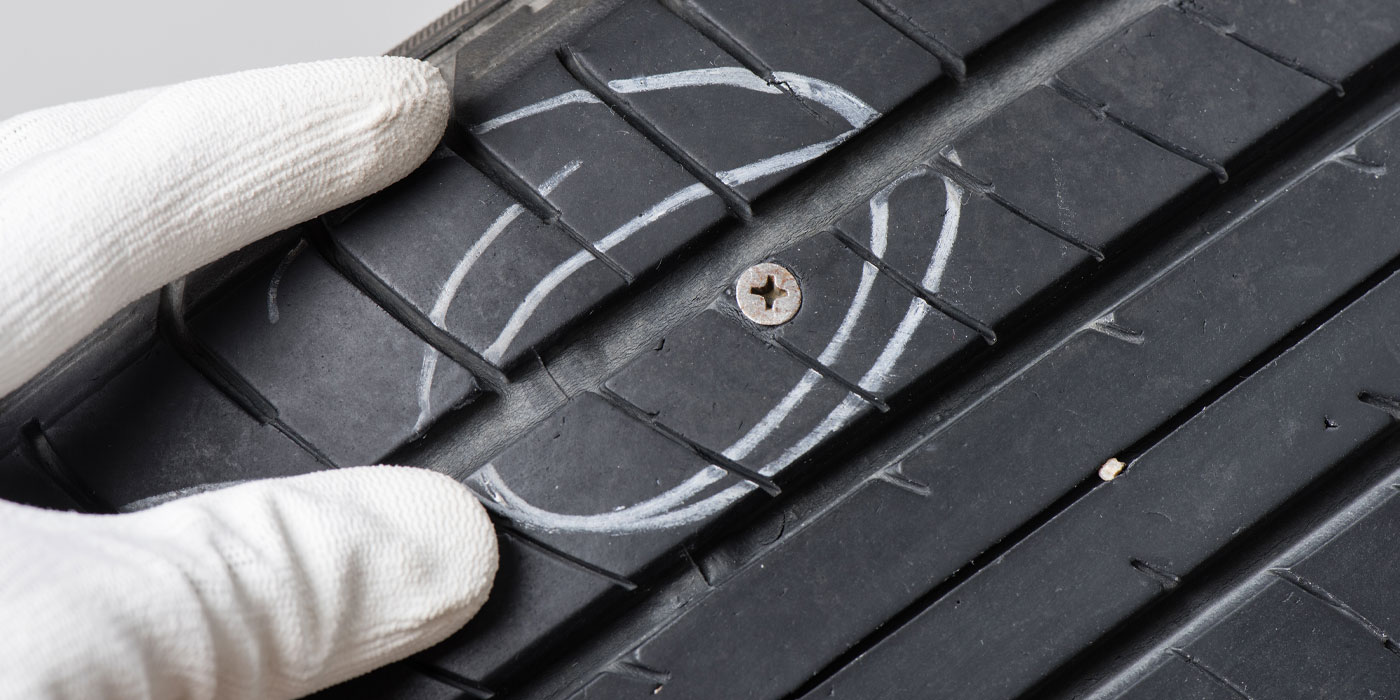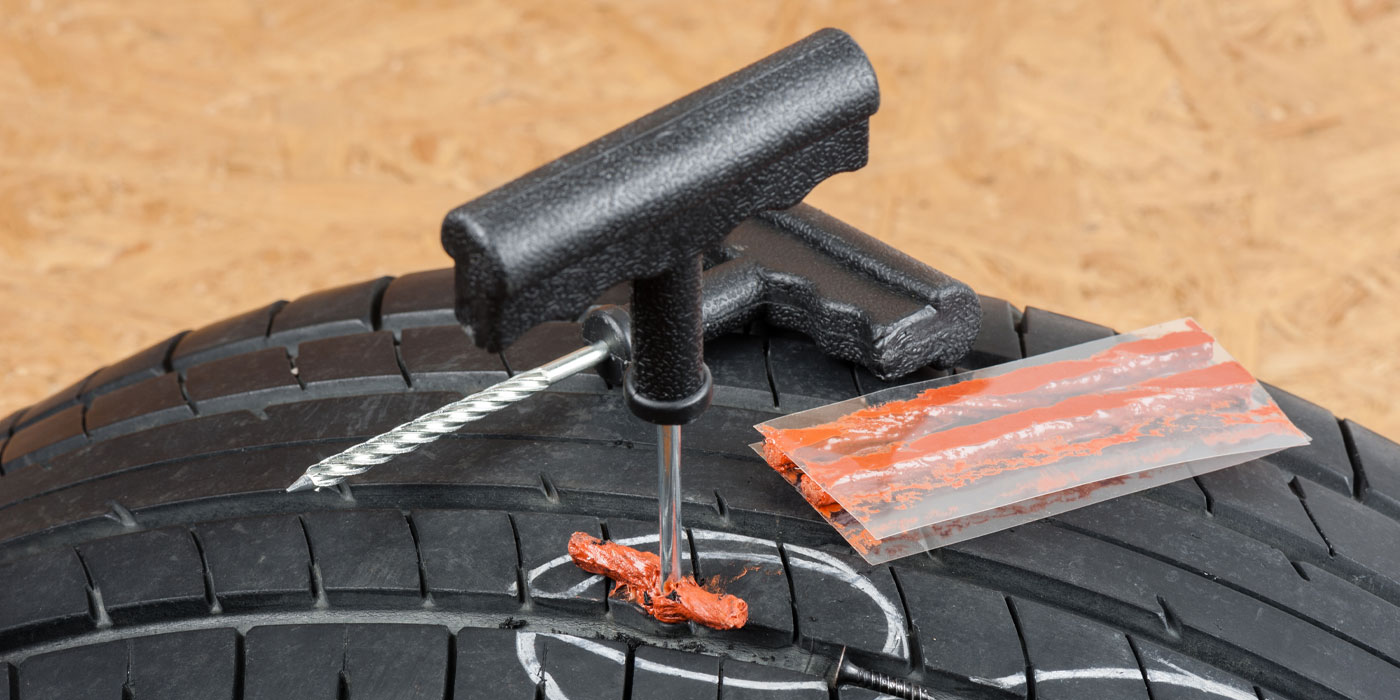Morris Tire: Trusted Tire Solutions
Morris Tire: Trusted Tire Solutions
Blog Article
Expert Overview to Tire Repair Work: Everything You Required to Know
In this thorough guide, we will unwind the intricacies of tire fixing, dropping light on the various kinds of repair work packages available and offering useful understandings right into when it could be time to bid goodbye to a damaged tire. Keep tuned as we delve deeper right into the nuances of tire maintenance, furnishing you with the crucial know-how to guarantee your tires stand the test of time.
Common Reasons of Tire Damage
What are the usual causes that lead to tire damage, affecting car efficiency and security? Tire damages can happen due to numerous variables, with among the primary reasons being incorrect rising cost of living pressure. Under-inflated tires can trigger too much warmth build-up, causing increased wear and potential blowouts. Alternatively, over-inflated tires can lead to minimized traction, unequal wear, and a harsher ride.

Another typical root cause of tire damages is poor walk deepness. Worn-out treads can jeopardize grip on the roadway, especially in damp or slippery problems, enhancing the threat of accidents. Furthermore, driving over pits, particles, or sharp objects can puncture or create cuts in the tire, compromising its structure and potentially causing a level.
Additionally, incorrect wheel positioning and out of balance tires can additionally add to tire damages. Misaligned wheels can result in irregular wear patterns, while out of balance tires can trigger vibrations, influencing both the vehicle's handling and the tire's longevity. Regular upkeep checks and prompt repair work can help minimize these usual reasons for tire damages, making sure optimum automobile performance and safety and security.
Kinds of Tire Repair Sets
To attend to the results of usual root causes of tire damages reviewed earlier, it is important to recognize the different sorts of tire fixing packages readily available for automobile proprietors. There are largely 3 types of tire fixing sets generally utilized: plug kits, patch packages, and mix fixing kits.
Plug kits are a quick and very easy remedy for fixing tiny punctures triggered by nails or screws. They include a T-handle device and rubber plugs that can be inserted right into the puncture to seal the hole successfully. Spot kits, on the other hand, are much more appropriate for larger punctures or cuts in the tire. These sets consist of a spot and glue material that is put on the inner lining of the tire to cover the broken area firmly.
Mix repair work kits provide the advantage of having both plug and spot elements, supplying an extensive service for a variety of tire damages circumstances. It is vital for car proprietors to familiarize themselves with these different kinds of tire repair packages to be gotten ready for any type of unanticipated tire issues when traveling.

Actions to Repair a Tire Puncture
Repairing a tire leak requires a systematic method and the right devices to make certain a secure and effective remedy. When faced with a punctured tire, the initial action is to safely pull over to a level, steady surface away from traffic. Engage the vehicle parking brake and location wheel chocks behind the tires to prevent any unintended rolling.
When to Replace a Tire
Determining the ideal time for tire substitute necessitates a complete assessment of various crucial aspects related to tire wear and safety. As tires put on down, the depth of the walk declines, affecting the tire's grasp on the roadway. Even if the step deepness appears sufficient, tires older than six years ought to be meticulously checked out, as the rubber can wear away over time, making the tire extra vulnerable to failure.

Tire Maintenance Tips for Longevity
After examining crucial elements connected to tire wear and security, executing correct tire maintenance practices is necessary for taking full advantage of the long life of your tires. Frequently inspecting tire stress is critical, as underinflated tires can lead to boosted wear and lowered gas effectiveness.
Turning your tires at normal intervals, commonly every 5,000 to 7,000 miles, advertises also tread wear across all tires. Inspecting tires for signs of damages, such as cuts, protrudes, or leaks, is likewise important for preserving tire longevity. By following these tire upkeep ideas, you can maximize the life-span of your tires and make certain a smooth driving experience.
Final Thought
Finally, understanding usual root causes of tire damage, making use of the proper tire fixing packages, following proper actions to repair a morris tire service tire slit, understanding when to replace a tire, and executing tire upkeep ideas are crucial for making best use of the longevity of your tires. By staying educated and proactive in resolving tire problems, you can ensure security when driving and extend the life-span of your tires.
Report this page